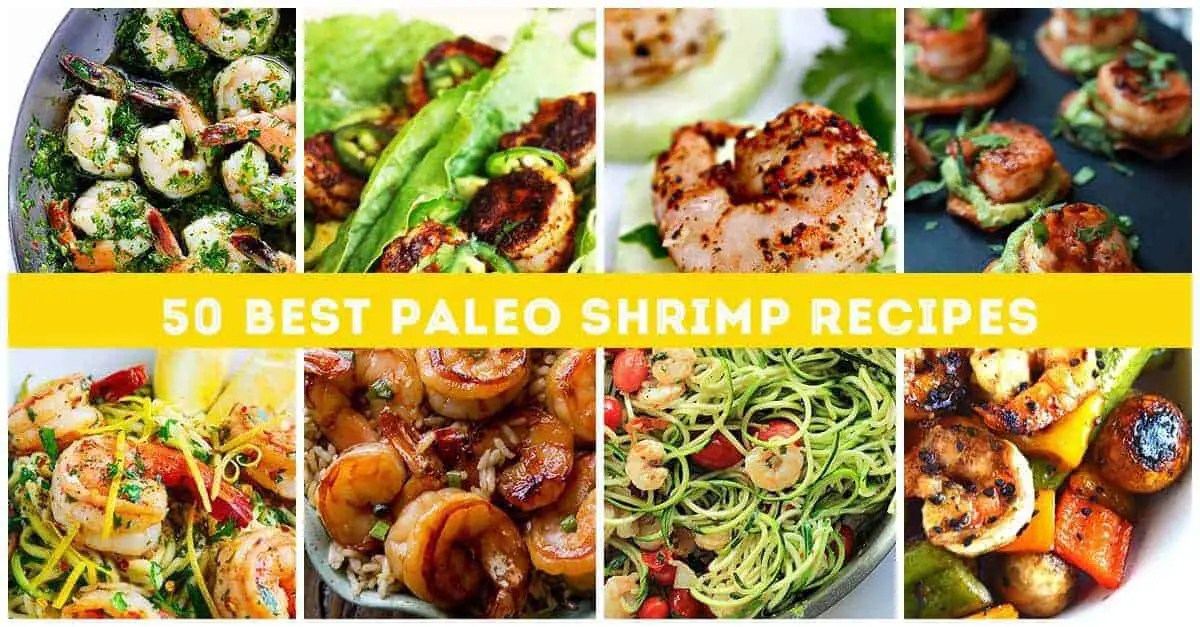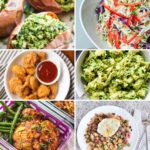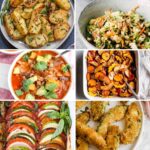Tired of the same old boring wraps? Prepare to be amazed! This culinary adventure dives headfirst into a world of Paleo-friendly wraps bursting with unexpected flavor combinations. From savory delights showcasing succulent proteins and vibrant vegetables to surprisingly innovative sweet creations that go beyond the typical fruit, we’ll explore a universe of taste sensations. Get ready to elevate your lunch game and discover the exciting possibilities of Paleo cuisine, with recipes and techniques designed to inspire even the most seasoned home cooks.
We’ll guide you through crafting mouthwatering savory wraps featuring diverse protein sources like chicken, beef, and fish, paired with an array of colorful vegetables. Then, we’ll venture into the sweet realm, showcasing unique Paleo-friendly desserts wrapped up in deliciousness. This isn’t just about recipes; it’s a journey into mastering the art of wrap assembly, learning how to perfectly fold and present your creations for maximum visual appeal. We’ll also explore dietary adaptations, ensuring everyone can enjoy these delicious and healthy wraps.
Paleo Wrap Variations

Paleo wraps offer a delicious and versatile way to enjoy healthy meals, but dietary needs and preferences can sometimes pose challenges. Adapting basic recipes to accommodate gluten-free, dairy-free, or nut-free diets requires careful consideration of ingredient substitutions and their impact on the final product’s texture and flavor. This section details methods for creating flavorful and structurally sound Paleo wraps for various dietary restrictions.
Dairy-Free Paleo Wraps
Many traditional Paleo wrap recipes incorporate dairy products like cheese or cream in the filling or sauce. Omitting dairy requires substituting these ingredients with alternatives that maintain the creamy texture and rich flavor. A simple approach involves using full-fat coconut milk for creaminess in sauces, or pureed avocado for a richer, slightly tangy alternative to cheese. For example, a dairy-free chicken and avocado wrap could use shredded coconut instead of cheese, resulting in a tropical twist on a classic. The coconut provides a subtle sweetness and pleasant texture.
Nut-Free Paleo Wraps
Nut allergies necessitate careful ingredient selection. Many Paleo recipes utilize nuts for both flavor and texture, particularly in sauces or as part of the wrap itself. Nut-free alternatives can include sunflower seeds, pumpkin seeds, or tahini (sesame seed paste), depending on the recipe’s specific requirements. For instance, a nut-free pesto can be made using sunflower seeds instead of pine nuts, offering a slightly different but still flavorful and satisfying pesto for your wrap. The texture will be slightly coarser, but the flavor profile remains pleasingly herbaceous.
Gluten-Free Paleo Wraps
While inherently gluten-free, the structural integrity of the wrap itself might need attention if using alternative flours or ingredients. Many Paleo wraps rely on a combination of ingredients to achieve the desired texture and flexibility. If a recipe calls for almond flour, for example, and you need to make it completely nut-free, experimentation might be necessary to find a suitable replacement. Using a blend of coconut flour and tapioca starch, adjusting the ratio until the desired consistency is reached, could be a viable solution. The resulting wrap may have a slightly different texture compared to an almond flour wrap, but the flavor profile will be unaffected.
Maintaining Wrap Integrity and Flavor During Adaptation
The key to successful adaptation lies in understanding the role of each ingredient. For example, eggs often act as a binder, while fats provide richness and moisture. When substituting ingredients, focus on maintaining these functional roles. If a recipe calls for almond flour for binding, consider using a combination of tapioca starch and coconut flour, which can mimic the binding properties of almond flour while providing a slightly different texture. Remember to adjust liquid quantities as needed, as different flours absorb liquid differently. Taste and texture should guide the adaptation process, allowing for fine-tuning until the desired outcome is achieved. Careful ingredient selection and mindful substitution will ensure that your adapted Paleo wraps are both healthy and delicious.
Unleash your inner culinary artist with these Paleo wrap recipes that are anything but boring! From the satisfying crunch of perfectly prepared vegetables to the aromatic explosion of unique flavor pairings, this guide empowers you to create stunning and delicious meals. Mastering the art of wrap assembly, experimenting with different fillings, and adapting recipes to suit your dietary needs are all part of this exciting journey. So, gather your ingredients, embrace the process, and get ready to impress yourself and others with these incredible Paleo wrap creations. Bon appétit!
Questions and Answers
What are the best Paleo-friendly wrap alternatives to lettuce?
Large collard greens, romaine lettuce leaves, or even thinly sliced zucchini or bell peppers can make excellent wrap alternatives.
Can I make these wraps ahead of time?
Many of these wraps can be prepared ahead of time. Prepare the fillings and store them separately. Assemble the wraps just before serving for optimal freshness and texture.
How do I store leftover Paleo wraps?
Store leftover wraps in an airtight container in the refrigerator for up to 3 days. Reheat gently before serving.
Are all Paleo wraps low-carb?
While many Paleo wraps emphasize lower carbohydrate content, the carbohydrate count can vary depending on the fillings and wrap base used. Always check nutritional information for specific recipes.


